"Attracting Hummingbirds to Brevard." Project Backyard Brevard. Retrieved September 13, 2014.
- Available at: http://www.backyardbrevard.com/wildlife/attracting-hummingbirds-to-brevard/
"Bahama Woodstar." The Bahamas National Trust. Retrieved September 13, 2014.
- Available at: http://www.bnt.bs/Bahama-Woodstar
"Bahama Woodstar." BirdFellow: Social Field Guide > By Taxonomic Order > Apodiformes. Retrieved September 13, 2014.
- Available at: http://www.birdfellow.com/birds/list/taxonomic_order/apodiformes/list?page=2
"Bahama Woodstar." Birds of North America: Classic Collection of North American Birds > Different Types of Bird Groups > Hummingbirds. Retrieved September 13, 2014.
- Available at: http://www.birds-of-north-america.net/bahama-woodstar.html
"Bahama Woodstar (Calliphlox evelynae)." The Internet Bird Collection. Retrieved September 13, 2014.
- Availalble at: http://ibc.lynxeds.com/species/bahama-woodstar-calliphlox-evelynae
"Bahama Woodstar: Calliphlox evelynae." National Audubon Society Inc.: Birds > Hummingbirds. Retrieved September 13, 2014.
- Available at: http://birds.audubon.org/birds/bahama-woodstar
"Bahama Woodstar (Calliphlox evelynae)." Global Biodiversity Information Facility: GBIF Backbone Taxonomy ID 2476370. Copenhagen, Denmark: July 1, 2013. Retrieved September 13, 2014.
- Available at: http://www.gbif.org/species/2476370
"Bahama Woodstar (Calliphlox evelynae) (Bourcier, 1847)." Avibase: The World Bird Database Managed by Denis Lepage and Hosted by Bird Studies Canada, the Canadian Copartner of BirdLife International. Retrieved September 13, 2014.
- Available at: http://avibase.bsc-eoc.org/species.jsp?avibaseid=FCB8171A386C0A33
"Bahama Woodstar: Calliphlox evelynae -- Colibri des Bahamas." Oiseaux.net. Retrieved September 13, 2014.
- Available at: http://www.oiseaux.net/birds/bahama.woodstar.html
"Bahama Woodstar (Nominate) (Calliphlox evelynae evelynae) (Bourcier, 1847)." Avibase: The World Bird Database Managed by Denis Lepage and Hosted by Bird Studies Canada, the Canadian Copartner of BirdLife International. Retrieved September 13, 2014.
- Available at: http://avibase.bsc-eoc.org/species.jsp?lang=EN&avibaseid=00D11273&sec=summary&ssver=1
"Bahama Woodstar (Nominate) (Calliphlox evelynae evelynae (evelynae)) (Bourcier, 1847)." Avibase: The World Bird Database Managed by Denis Lepage and Hosted by Bird Studies Canada, the Canadian Copartner of BirdLife International. Retrieved September 13, 2014.
- Available at: http://avibase.bsc-eoc.org/species.jsp?lang=EN&avibaseid=6AA9D60E&sec=summary&ssver=1
"Bahama Woodstar (Salita) (Calliphlox evelynae (salita))." Avibase: The World Bird Database Managed by Denis Lepage and Hosted by Bird Studies Canada, the Canadian Copartner of BirdLife International. Retrieved September 13, 2014.
- Available at: http://avibase.bsc-eoc.org/species.jsp?lang=EN&avibaseid=9384353B&sec=summary&ssver=1
"Bahama Woodstar (Lyrura) (Calliphlox evelynae lyrura) (Gould, 1869)." Avibase: The World Bird Database Managed by Denis Lepage and Hosted by Bird Studies Canada, the Canadian Copartner of BirdLife International. Retrieved September 13, 2014.
- Available at: http://avibase.bsc-eoc.org/species.jsp?lang=EN&avibaseid=0CE9F483&sec=summary&ssver=1
"Bahama Woodstar Hummingbird." HowToEnjoyHummingbirds. Retrieved September 13, 2014.
- Available at: http://howtoenjoyhummingbirds.com/Bahama%20Woodstar.htm
"Bahama Woodstars and Cuban Emeralds: The hummingbirds of Abaco." Rolling Harbour Abaco. Retrieved September 13, 2014.
- Available at: http://rollingharbour.com/2011/06/14/bahama-woodstars-cuban-emeralds-the-hummingbirds-of-abaco/
Biel, Timothy Levi. 1991. Hummingbirds. Mankato, MN: Creative Education, Inc. "Zoo Books."
BirdLife International 2012. "Calliphlox evelynae." The IUCN Red List of Threatened Species. Version 2014.2. Retrieved September 13, 2014.
- Available at: http://www.iucnredlist.org/details/full/22688205/0
Bisby, F.A.; Roskov, Y.R.; Orrell, T.M.; Nicolson, D.; Paglinawan, L.E.; Bailly, N.; Kirk, P.M.; Bourgoin, T.; Baillargeon, G.; Ouvrard, D. (Red.) (2011). "Calliphlox evelynae (Bourcier, 1847)." Species 2000 & ITIS Catalogue of Life: 2011 Annual Checklist. Reading, U.K.: Species 2000. Retrieved September 13, 2014.
- Available at: http://www.catalogueoflife.org/annual-checklist/2011/details/species/id/6849491
Bisby, F.A.; Roskov, Y.R.; Orrell, T.M.; Nicolson, D.; Paglinawan, L.E.; Bailly, N.; Kirk, P.M.; Bourgoin, T.; Baillargeon, G.; Ouvrard, D. (Red.) (2011). "Calliphlox evelynae evelynae (Bourcier, 1847)." Species 2000 & ITIS Catalogue of Life: 2011 Annual Checklist. Reading, U.K.: Species 2000. Retrieved September 13, 2014.
- Available at: http://www.catalogueoflife.org/annual-checklist/2011/details/species/id/7003660
Bisby, F.A.; Roskov, Y.R.; Orrell, T.M.; Nicolson, D.; Paglinawan, L.E.; Bailly, N.; Kirk, P.M.; Bourgoin, T.; Baillargeon, G.; Ouvrard, D. (Red.) (2011). "Calliphlox evelynae lyrura (Gould, 1869)." Species 2000 & ITIS Catalogue of Life: 2011 Annual Checklist. Reading, U.K.: Species 2000. Retrieved September 13, 2014.
- Available at: http://www.catalogueoflife.org/annual-checklist/2011/details/species/id/7003661
Beolens, Bo; and Watkins, Michael. 2003. Whose Bird?: Men and Women Commemorated in the Common Names of Birds. London, England: Christopher Helm.
Bourcier, Jules. 1847. "Description de quinze espèces de Trochilidées du cabinet de M. Loddiges." Proceedings of the Zoological Society of London 15:42–47.
Bruning, Donald F. "Hummingbird." Pp. 433-435 in The World Encyclopedia, H Volume 9. Chicago, IL: World Book, Inc., a Scott Fetzer Company.
"Calliphlox evelynae." Mongabay: Biodiversity. Retrieved September 13, 2014.
- Available at: http://biodiversity.mongabay.com/animals/c/Calliphlox_evelynae.html
"Calliphlox evelynae (Bahama Woodstar)." ZipcodeZoo: Species Identifier 128532. Retrieved September 13, 2014.
- Available at: http://zipcodezoo.com/animals/c/calliphlox_evelynae/
"Calliphlox evelynae evelynae (Bahamian Woodstar)." ZipcodeZoo: Species Identifier 677574. Retrieved September 13, 2014.
- Available at: http://zipcodezoo.com/Animals/C/Calliphlox_evelynae_evelynae/
Cory, Charles Barney. 1880. Birds of the Bahama Islands. Boston, MA: Published by the Author.
- Available via Internet Archive at: https://archive.org/details/birdsofbahamaisl00cory
Dennis, John V.; and Tekulsky, Mathew. 1991. How to Attract Hummingbirds & Butterflies. San Ramon, CA: Ortho Books.
Dick, Gary Owen. "Bahama Woodstar: Calliphlox evelynae." WhatBird: Field Guide to Birds of North America > Order Apodiformes > Family Hummingbirds (Trochilidae) > Species Overview. Mitch Waite Group. Retrieved September 13, 2014.
- Available at: http://identify.whatbird.com/obj/860/overview/Bahama_Woodstar.aspx
"Ecotourism on Inagua." The Islands of the Bahamas. Retrieved September 13, 2014.
- Available at: https://www.bahamas.com/ecotourism-in-inagua
Goddard, Jolyon. 2008. Hummingbirds. Danbury, CT: Grolier imprint of Scholatistic Library Publishing.
Hallett, Bruce. 2006. Birds of the Bahamas and the Turks and Caicos Islands. Caribbean Pocket Natural History. Oxford: Macmillan Education.
Harrison, Hal H. 1975. A Field Guide to Birds' Nests of 285 Species Found Breeding in the United States East of the Mississippi River. Boston, MA: Houghton Mifflin Company Peterson Field Guide Series.
Heidcamp, Arnette. 1991. A Hummingbird in My House: The Story of Squeak. New York, NY: Crown Publishers, Inc.
Heidcamp, Arnette. 2001. Hummingbirds: My Tiny Treasures. New York, NY: Crown Publishers, Inc.
Heidcamp, Arnette. 1997. Hummingbirds: My Winter Guests. New York, NY: Crown Publishers, Inc.
Heidcamp, Arnette. 2001. Rosie: My Rufous Hummingbird. New York, NY: Crown Publishers, Inc.
Hummingbird. 24 February 2010. "The Bahama Woodstar Hummingbird." Hummingbirds for Mom. Retrieved September 13, 2014.
- Available at: http://www.hummingbirdsformom.com/dear_mom/the-bahama-woodstar-hummingbird/
"Inagua National Park." The Islands of the Bahamas. Retrieved September 13, 2014.
- Available at: https://www.bahamas.com/node/52146
Information Department. Fact Sheet #5: The Commonwealth of the Bahamas Fauna and Flora. London, England: The Bahamas High Commission.
Johnson, Sybylle. "Bahama Woodstars." Photos by Claus and Jill Becker, Esox Lucius / Taco Meeuwsen, and J.J. King. BeautyOfBirds. Retrieved September 13, 2014.
- Available at: http://beautyofbirds.com/bahamawoodstars.html
Lombard, Meredith. "ml's pictures: Bahama Woodstar." Flickr. Retrieved September 13, 2014.
- Available at: https://www.flickr.com/photos/caritas_nature/8676339927/
"Hummingbirds." Mount Pleasant Hotel. Salt Cay, Turks and Caicos Islands, Lucan Archipelago: Paradise.com. Retrieved September 13, 2014.
- Available at: http://paradise-caribbean.com/hummingbird
Mulsant, E. (Étienne) and Édouard Verreaux. 1874. Histoire naturelle des oiseaux-mouches, ou, Colibris constituant la famille des trochilidés. Supplement. Lyon: Au Bureau de la Société Linnéenne.
- Available via Internet Archive at: https://archive.org/stream/histoirenaturell00muls
Myers, P.; Espinosa, R.; Parr, C.S.; Jones, T.; Hammond, G.S.; and Dewey, T.A. 2014. "Calliphlox evelynae: Bahama Woodstar (On-line)." The Animal Diversity Web. University of Michigan Museum of Zoology. Retrieved September 13, 2014.
- Available at: http://animaldiversity.ummz.umich.edu/accounts/Calliphlox_evelynae/classification/
Myers, P.; Espinosa, R.; Parr, C.S.; Jones, T.; Hammond, G.S.; and Dewey, T.A. 2014. "Calliphlox evelynae evelynae (On-line)." The Animal Diversity Web. University of Michigan Museum of Zoology. Retrieved September 13, 2014.
- Available at: http://animaldiversity.ummz.umich.edu/accounts/Calliphlox_evelynae_evelynae/classification/#Calliphlox_evelynae_evelynae
Myers, P.; Espinosa, R.; Parr, C.S.; Jones, T.; Hammond, G.S.; and Dewey, T.A. 2014. "Calliphlox evelynae lyrura (On-line)." The Animal Diversity Web. University of Michigan Museum of Zoology. Retrieved September 13, 2014.
- Available at: http://animaldiversity.ummz.umich.edu/accounts/Calliphlox_evelynae_lyrura/classification/#Calliphlox_evelynae_lyrura
Perry, Kimberly. "Bahama Woodstar Hummingbird." FineArtAmerica: #42 of 227. Retrieved September 13, 2014.
- Available at: http://fineartamerica.com/featured/bahama-woodstar-hummingbird-kimberly-perry.html
Puschock, John. “#ABArare – Bahama Woodstar – Pennsylvania – Updated.” American Birding Association > aba blog. April 24, 2013. American Birding Association, Inc. Blog. blog.aba.org
- Available at: http://blog.aba.org/2013/04/abarare-bahama-woodstar-pennsylvania.html
Rauzon, Mark J. 1997. Hummingbirds. New York, NY; London, england; Hong Kong, China; Sydney, Australia; Danbury, CT: Franklin Watts "A First Book" division of Grolier Publishing.
Schneck, Marcus. "Harrisburg bird bander extends her streak of rare hummingbirds recorded in Pennsylvania." PennLive > Blog. May 8, 2013. PA Media Group. Blog. blog.pennlive.com
- Available at: http://blog.pennlive.com/wildaboutpa/2013/05/harrisburg_bird_bander_extends.html
Schuchman, Karl-L. "Hummingbirds (Trochilidae)." Pp. 437-453 in Grzimek's Animal Life Encyclopedia, Second Edition. Volume 9: Birds II, edited by Jerome A. Jackson, Walter J. Bock, and Donna Olendorf. Farmington Hills, MI: Gale Group, Inc., division of Thomson Learning Inc.
Schuchmann, K.L.; and Kirwan, G.M. 2013. "Bahama Woodstar (Calliphlox evelynae)." In: del Hoyo, J.; Elliott, A.; Sargatal, J.; Christie, D.A.; and de Juana, E. (Eds.). Handbook of the Birds of the World Alive. Barcelona, Spain: Lynx Edicions. Retrieved September 13, 2014.
- Available at: http://www.hbw.com/species/bahama-woodstar-calliphlox-evelynae
Schulenberg, T.S. (Ed.). 2010. "Bahama Woodstar (Calliphlox evelynae)." Neotropical Birds Online. Ithaca, NY: Cornell University Lab of Ornithology. Retrieved September 13, 2014.
- Available at: http://neotropical.birds.cornell.edu/portal/species/overview?p_p_spp=276536
Sonder, Ben. 1999. Hummingbirds: A Celebration of Nature's Most Dazzling Creatures. Philadelphia, PA: Courage Books imprint of Running Press Book Publishers.
Stokes, Donald W. and Lillian Q. 1989. The Hummingbird Book: The Complete Guide to Attracting, Identifying, and Enjoying Hummingbirds. Boston, MA; Toronto, Canada; London, England: Little, Brown and Company.
Stotz, D.F.; Fitzpatrick, J.W.; Parker, T.A.; Moskovits, D.K. 1996. Neotropical Birds: Ecology and Conservation. Chicago, IL: University of Chicago Press.
Tilford, Tony. 2008. The Complete Book of Hummingbirds. San Diego, CA: Thunder Bay Press.
Tilford, Tony. 2000. The World of Hummingbirds: An Illustrated Guide to These Marvels of Nature. New York, NY: Gramercy Books imprint of Random House Value Publishing, Inc.
"2011 Spring Plant Sale." Fairchild Tropical Botanic Garden. Coral Gables, Florida. Retrieved September 13, 2014.
- Available at: http://www.fairchildgarden.org/livingcollections/plantsaleinformationpages/2011-Spring-Plant-Sale/
"2014 Species Factsheet: Bahama Woodstar (Calliphlox evelynae)." BirdLife International. Retrieved September 13, 2014.
- Available at: http://www.birdlife.org/datazone/speciesfactsheet.php?id=2099
Tyrrell, Esther Quesada. 1992. Hummingbirds: Jewels in the Sky. New York, NY: Crown Publishers, Inc.
Weber, Drew. 24 April 2013. "***MEGA***Bahama Woodstar, Lancaster PA." Nemesis Birds. Retrieved September 13, 2014.
- Available at: http://www.nemesisbird.com/birding/rarities/mega-bahama-woodstar-lancaster-pa/
Williamson, Sheri L. 2001. A Field Guide to Hummingbirds of North America. New York, NY: Houghton Mifflin Company Peterson Field Guides.


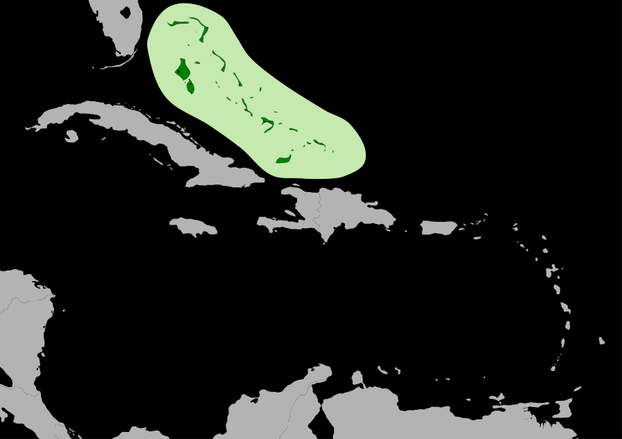
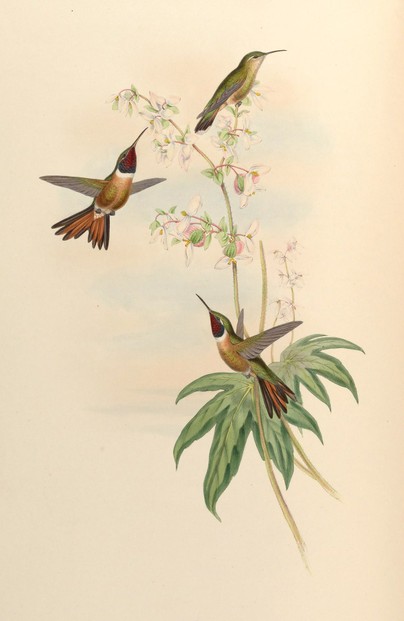
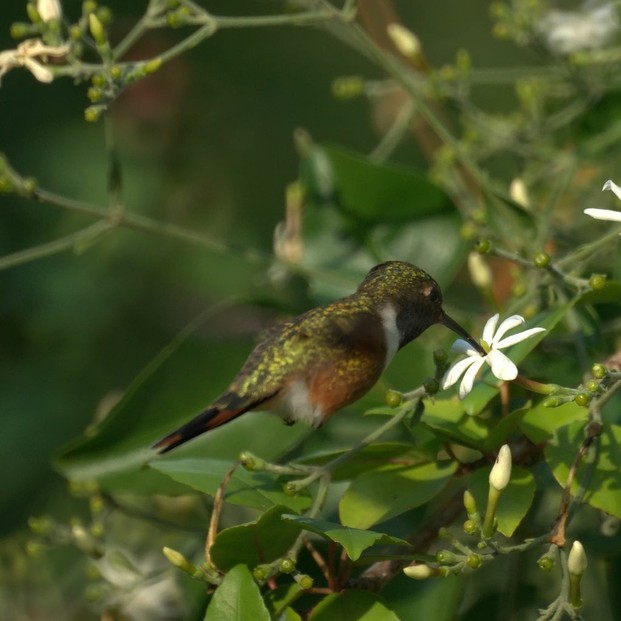
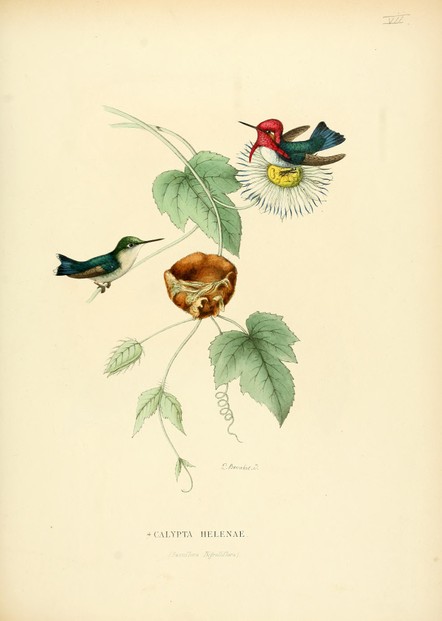
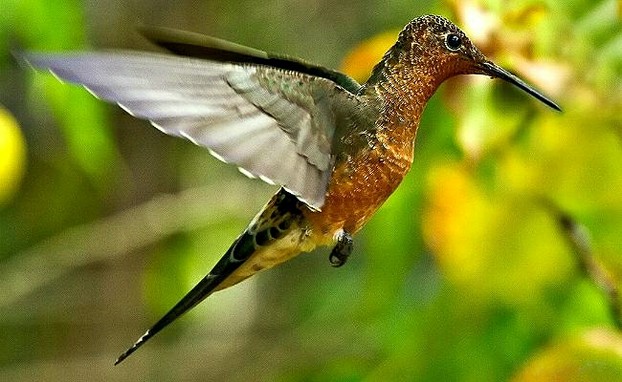
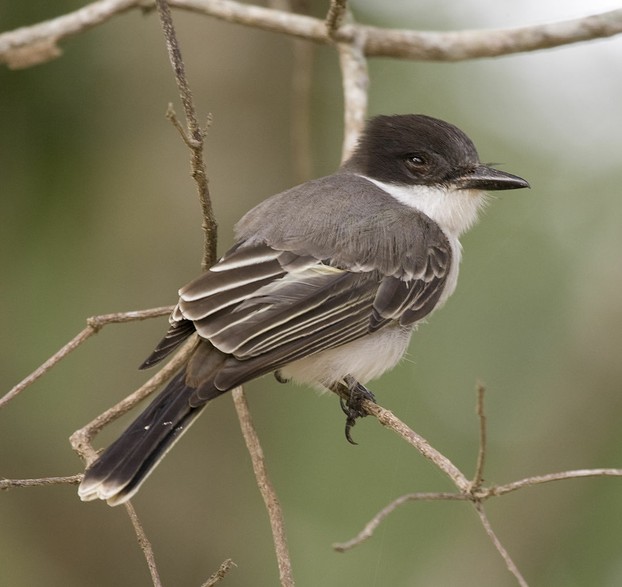
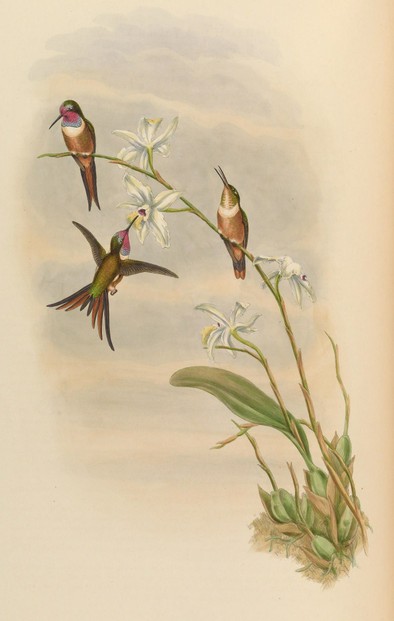
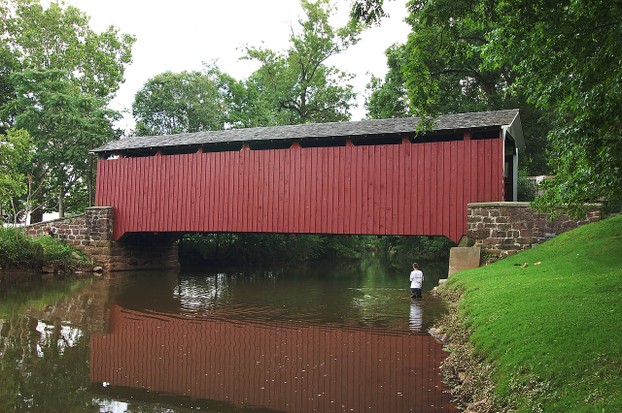
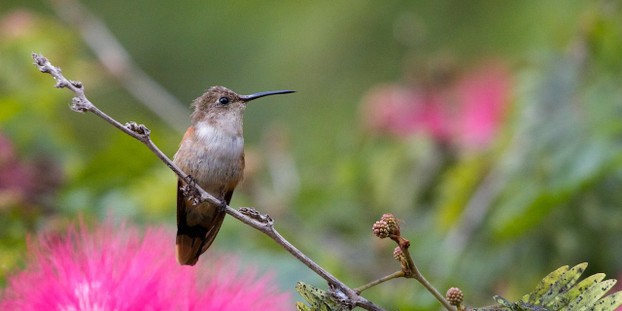
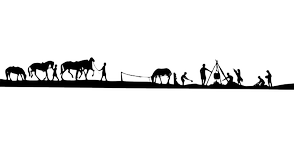


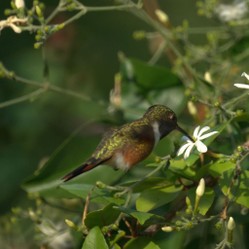

 Are Hawaiian Huakai Po Nightmarchers Avenging Halloween Thursday?on 10/02/2024
Are Hawaiian Huakai Po Nightmarchers Avenging Halloween Thursday?on 10/02/2024
 Mailing Addresses for 2023 Form 4868 Extending 1040 and 1040SR April 15, 2024, Due Dateon 04/15/2024
Mailing Addresses for 2023 Form 4868 Extending 1040 and 1040SR April 15, 2024, Due Dateon 04/15/2024
 Mailing Addresses for 2023 Forms 1040 and 1040SR Filed in 2024on 04/15/2024
Mailing Addresses for 2023 Forms 1040 and 1040SR Filed in 2024on 04/15/2024
 Mailing Addresses for 2022 Form 4868 Extending 1040 and 1040SR April 18, 2023, Due Dateon 04/13/2023
Mailing Addresses for 2022 Form 4868 Extending 1040 and 1040SR April 18, 2023, Due Dateon 04/13/2023

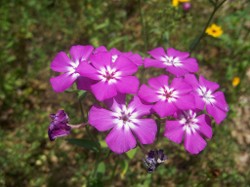
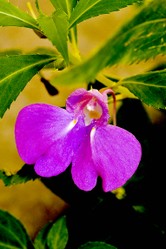
Comments